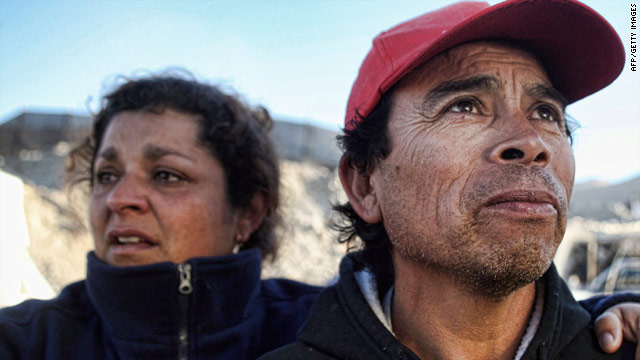Time to scrap Japan's gruesome death penalty system

Murakoshi Hirotami, second from right, executive officer of the parliamentary league opposing the death penalty, speaks on July 28. (Mainichi)
(Mainichi Japan) August 23, 2010
The news that Justice Minister Chiba Keiko attended the execution of two death-row inmates in late July was shocking.
Readers will recall that Chiba was an anti-death penalty activist for 20 years before attending the hangings of Shinozawa Kazuo and Ogata Hidenori.
According to one Japanese newspaper's report, the former Socialist Party politician appeared "tense and pale" after being "persuaded to do her duty" by Justice Ministry bureaucrats.
The newspaper, of course, made sure to point out that public support for the death penalty here is 85 percent. I wonder would support be as strong if the public knew the gruesome details of this system?
Inmates are deprived of contact with the outside world, kept in solitary confinement and forced to wait an average of more than seven years, and sometimes decades in toilet-sized cells while the legal system grinds on.
When the order eventually comes, the condemned have literally minutes to get their affairs in order before facing the noose. Because the order can come at any time, they live each day believing it may be their last.
Amnesty International recently called the system a "regime of silence, isolation and sheer nonexistence," singling out the same-day execution notice as "utterly cruel."
The hangmen are undeterred by age, senility or handicap: The condemned include 84-year-old Okunishi Masaru, who has protested his innocence for poisoning five women for over four decades.
Of the more than 30 people who have been hanged since January 2006, five were in their 70s. It is not unheard of for some inmates to be ferried to the gallows in wheelchairs.
Although Japan incarcerates far fewer citizens per capita than the U.S. or many European countries, its astonishing 99-percent-plus conviction rate means that the condemned almost certainly include innocent men.
Some have quite literally been driven mad while waiting to die. At least five of Japan's 107 condemned prisoners are mentally ill, says Amnesty, with many more elderly inmates on the brink of senility.
Secrecy and lack of independent scrutiny means that the exact number is unknown. Recent victims include Chinese national Chen Detong, who was "quasi-insane" according to his defense.
A few years back, I interviewed Menda Sakae, who was framed by the police for a double murder. Unlike most other victims of miscarriages of justice, Menda was released -- after 34 years on death row.
That's 12,410 days believing every one would be his last. "Waiting to die is a kind of torture," he told me, "worse than death itself."
Inflicting this torture does nothing to bring back the victims of violent crimes. I very much hope that once Chiba has recovered from the shock of her trip to the gallows that she will do as she promised and begin a much-needed debate on capital punishment. (By David McNeill)
(Profile)
David McNeill writes for The Independent and Irish Times newspapers and the weekly Chronicle of Higher Education. He has been in Japan since 2000 and previously spent two years here, from 1993-95, working on a doctoral thesis. He was raised in Ireland.





